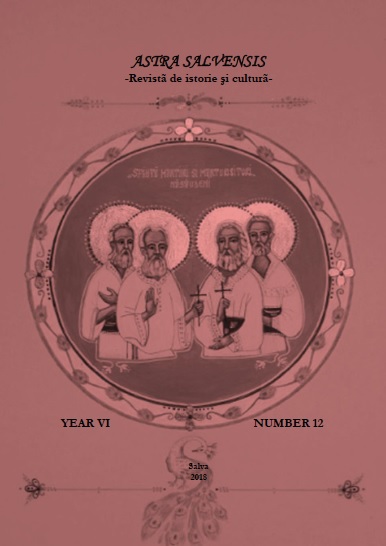Compositional Features of Ethnic Interior Design
Compositional Features of Ethnic Interior Design
Author(s): Bakhytzhan Kamalkhanovich SHILDERKHANOV, Nessipbek Zhunusbekovich ISSAKHOV, Yuriy Griqorievich POPOV, Saltanat Torekulovna MYRZAHMETOVA, Alexandra Alexandrovna KOSTSOVA, Victor Maratovich Trofimov , Dina Abilmazhinovna AmandykovaSubject(s): Social Sciences, Education, Vocational Education
Published by: Asociaţiunea Transilvană pentru Literatura Română şi Cultura Poporului Român - ASTRA
Keywords: ethnic style; traditional culture; interior composition;
Summary/Abstract: This article briefly outlines the influence of "oralmen" ("returnees") on the development of contemporary Kazakh decorative and applied arts. It deals with the folk tradition that requires special spatial solutions and specific arrangements. In addition, the article compares the compositions of historic and modern residential interiors to define the compositional features of living space.The turn to cultural and historical heritage has become a recent popular trend in interior design. Various ethnic elements and motifs adorn the collections of famous fashion designers, interiors and exteriors of residential and public buildings. In Kazakhstan, the interest to traditional forms revived because of many social phenomena, as the epoch and society shape architecture. Material cultural objects convey and represent the mentality of an ethnic group – a collective mental system formed in society, presented to all members of this society and manifested at the individual level. As part of the study, we analyzed a number of works devoted to the ethnographic features of the Kazakhs coming from different countries. Traditional Kazakh applied arts capture and reflect the spirit and uniqueness of ethnic culture. The study of the ethnic composition of living space determined the temporary changes in interior design in the process of observing customs and traditions such as birth, weddings, etc. National identity is represented in ethnic design through references to historical heritage. Modern Kazakh designers turn to ethno-cultural motifs in their work with social responsibility. Prior to planning, they usually conduct cultural, ethnographic, and linguistic studies of ethnic heritage.
Journal: Astra Salvensis - revista de istorie si cultura
- Issue Year: VI/2018
- Issue No: 12
- Page Range: 569-580
- Page Count: 12
- Language: English

